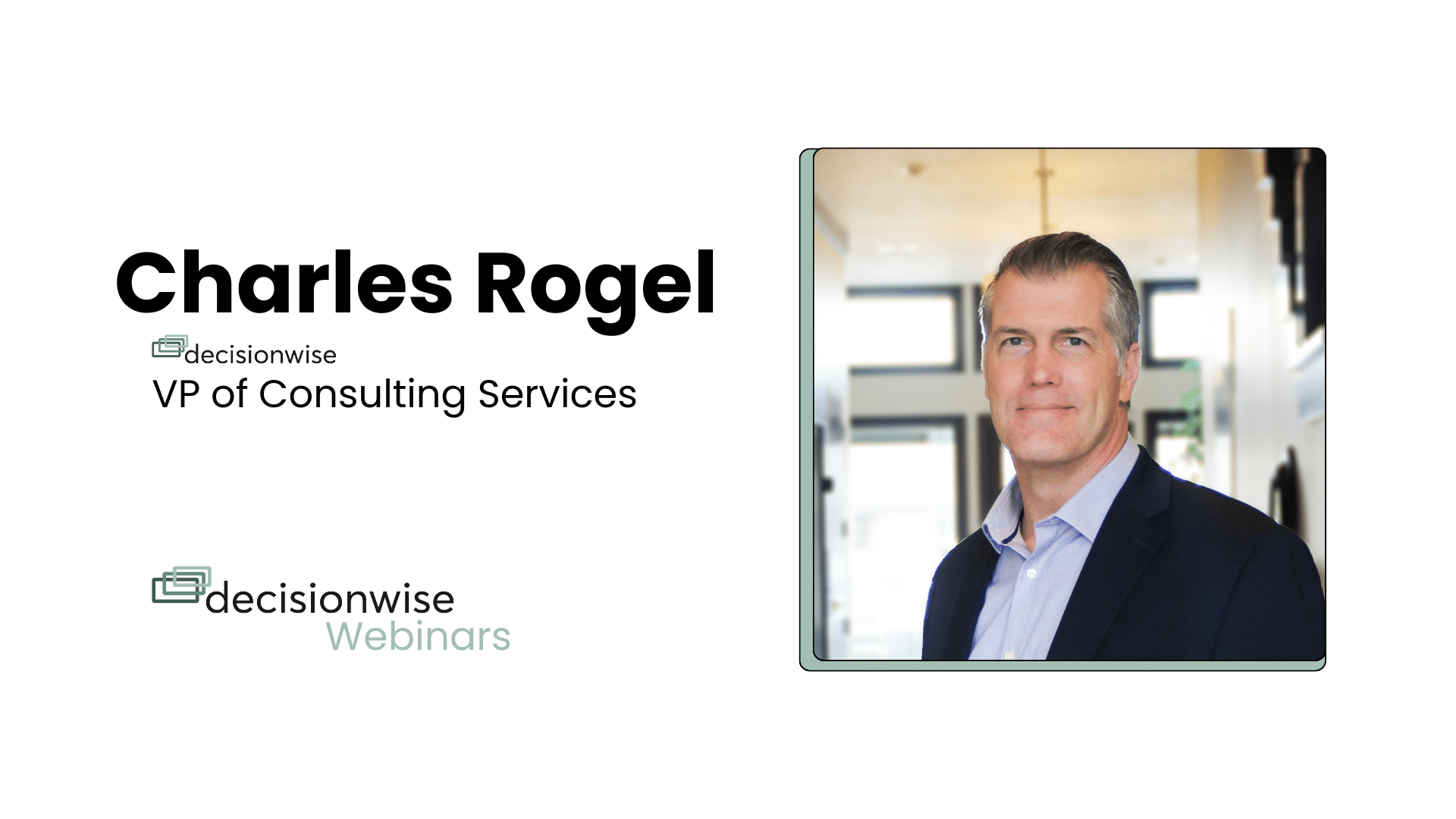Who Owns Employee Engagement?
Your company needs higher levels of employee engagement. Trust me, it does. I’ve seen your survey (or hundreds like it). Your employee engagement and your employee experience could, and should, be much better. Not just because it will reduce turnover. Not just because it will improve innovation. Not just because quality will increase, and safety incidents will decrease. Not just because it will help you recruit better talent.
These are all great reasons, but you should also focus on employee experience and engagement because it is the right thing to do for the human beings you employ. It makes strong business sense, and even stronger ethical sense. People deserve the opportunity to find a sense of meaning, connection, and growth in their workplace experience.
I’m not going to spend time defining employee engagement (see here if you’d like an in-depth guide). In this article, I want to instead focus on the four key groups involved in shaping employee engagement at your company and discuss how each group can do better.
Senior Leadership
Senior leaders play a critical role in shaping the culture, experience, and engagement levels of an organization. They set the tone and priorities for the company. They do this directly through the decisions they make, the budgets they set, and the messages they formally communicate to staff. Senior leaders also shape culture indirectly, through their daily attitudes, behaviors, and informal communication. For example, when a leader praises or criticizes a result or decision, whether they realize it or not, they are communicating values to the organization and shaping the culture and employee experience.
Senior leaders should communicate the company’s mission and values to employees and ensure that all employees understand their role in achieving those goals. They should also lead by example, demonstrating a commitment to engagement by listening to employees, soliciting feedback, and addressing concerns. By actively engaging with employees, senior leaders can create a sense of shared ownership in the company’s success and promote a culture of trust and transparency.
Employees are looking for reasons to believe. Senior leaders can help increase engagement levels by giving employees evidence that the organization is winning and will continue to succeed. Employees don’t want to align themselves with an organization that is failing. Nobody wants to go down with the ship. By sharing a compelling strategy and publicly celebrating organizational wins, leaders foster a sense of optimism and meaning within the workforce.
Human Resources
Human Resources, of course, plays a key role in influencing employee engagement. But often, HR is unfairly tasked with owning the whole of it. I’ve learned from countless experiences that when employee engagement is discussed, the default mindset of many executives is, “hmm, this sounds like HR’s job to me.” HR certainly plays an important role, but if the responsibility for employee engagement falls solely to the “people team,” results will be extremely limited.
HR is responsible for creating policies and programs that support employee engagement, such as training and development, wellness programs, and employee recognition initiatives. HR works closely with managers to ensure that employees have the resources they need to succeed and to address any concerns that arise. By providing employees with the support they need to thrive, HR can help create a positive work environment that fosters engagement and commitment, but they can’t build culture, or employee engagement alone.
Managers
Managers have the most direct influence on the experience of individual employees. They are responsible for providing employees with clear goals and expectations, feedback on their performance, and opportunities for growth and development. Their perceptions, attitudes, and beliefs directly impact the daily experience of the employees they manage. Interestingly, and this is often overlooked, one of a manager’s most important roles is how they shape their employee’s view of the larger organization. For example, if your manager openly hates the CEO and disagrees with the direction of the company, that will almost certainly directly impact your own experience and feelings about the company.
Employees
If we really want to understand and improve engagement, we must recognize the role played by the employees themselves. Each individual employee gets to choose the extent to which they will engage in their work and the workplace. Each of us, as employees, brings our own unique set of values, priorities, mental models, social needs, and expectations to work. Two employees on the same team may experience the exact same conditions very differently. The same conditions that compel you to engage might not have the same effect on me.
I’ve learned that an organization really can’t build employee engagement directly, but they can build a compelling invitation to engage. The employees then choose whether to accept the invitation. Senior leaders, HR, and managers do a lot to shape the experience, but each employee ultimately decides for themself if that experience appeals to them.
DecisionWise CEO, Dr. Tracy Maylett, and co-author, Tim Vandehey, recently wrote a book on this very subject. Swipe: The Science Behind Why We Don’t Finish What We Start. In it, they examine engagement at the individual level and offer suggestions on how individuals can better engage at work, in their pursuits, and in other areas of life. Look for their book everywhere on March 21st.
It Takes a Village
Fostering employee engagement is a shared responsibility. It requires the active participation of senior leaders, HR, managers, and employees. When discussing ideas to improve culture, employee experience, and employee engagement, opportunities should be viewed through the lenses of these four groups. By working together to create a culture of engagement, organizations can build a strong foundation for success and create a positive work environment that benefits both employees and the organization as a whole.
I’ve learned that an organization really can’t build employee engagement directly, but they can build a compelling invitation to engage. The employees then choose whether to accept the invitation. Senior leaders, HR, and managers do a lot to shape the experience, but each employee ultimately decides for themself if that experience appeals to them.





